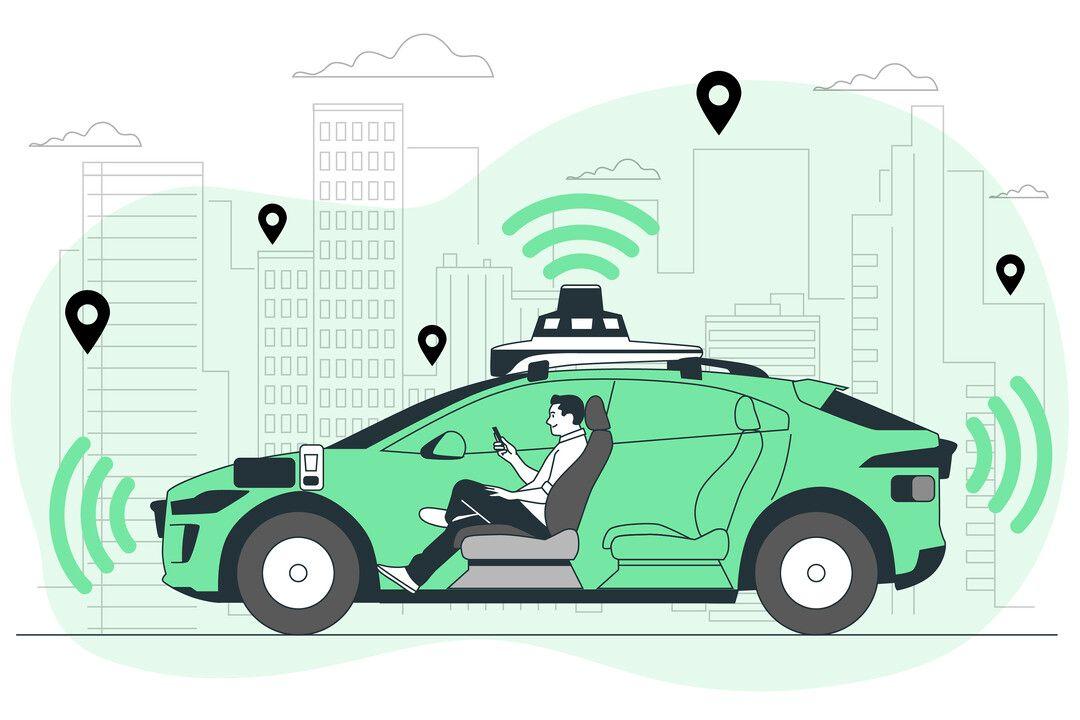The Future of Driving Education and the Impact of AI
by DrivegateAugust 07, 2024

Driving education is on the cusp of a revolution, driven by the rapid advancements in artificial intelligence (AI) and machine learning technologies. These innovations promise to transform how new drivers learn and hone their skills, making roads safer and the learning process more efficient. This article delves into the current state and future prospects of AI in driving education, examining the technologies involved, their benefits, and the potential challenges they pose.
The Evolution of Driving Education
Traditional driving education has relied heavily on in-car instruction and classroom-based theory lessons. While effective to a certain extent, this method is limited by the availability and quality of instructors, as well as the variability in learners’ experiences and the subjective nature of human assessment. Enter AI: a technology that offers consistency, scalability, and personalized learning experiences.
AI-Driven Simulators
One of the most promising applications of AI in driving education is the use of advanced driving simulators. These simulators recreate real-world driving scenarios with high accuracy, allowing learners to practice in a controlled and safe environment. The AI algorithms powering these simulators can generate a wide range of scenarios, from basic maneuvers to complex situations involving unpredictable pedestrian behavior or adverse weather conditions.
For instance, companies like SimpliDrive and DriveAI have developed sophisticated simulators that use AI to adapt to the learner’s progress. These systems provide immediate feedback, highlighting mistakes and suggesting improvements in real-time. Such technology not only helps learners develop their driving skills but also builds their confidence before they hit the road.
Personalized Learning Experiences
AI’s ability to analyze vast amounts of data and identify patterns makes it an invaluable tool for personalized learning. AI-driven platforms can assess a learner’s performance, identify areas of weakness, and tailor the curriculum accordingly. This personalized approach ensures that learners receive targeted instruction that addresses their specific needs, making the learning process more efficient.
For example, an AI system can track a learner’s braking patterns, steering control, and reaction times, providing detailed insights into their driving behavior. Based on this data, the system can customize lessons to focus on areas where the learner needs the most improvement. This level of personalization is difficult, if not impossible, to achieve with traditional driving instruction methods.
Enhanced Safety and Risk Assessment
Safety is paramount in driving education, and AI can significantly enhance this aspect. AI-powered systems can simulate hazardous situations that would be too dangerous to recreate in real life, such as sudden obstacles on the road or extreme weather conditions. By practicing in these virtual environments, learners can develop the skills needed to handle such situations safely.
Moreover, AI can assess a learner’s risk profile by analyzing their driving habits and behaviors. This information can be used to provide customized safety training and tips, helping learners become more aware of potential risks and how to mitigate them. In the long run, this could lead to a reduction in road accidents and fatalities.
Integration with Autonomous Vehicle Technology
As autonomous vehicle technology continues to advance, there is a growing need for drivers to understand and interact with these systems. AI in driving education can bridge this gap by teaching learners how to use and coexist with autonomous vehicles. For instance, driving simulators can include scenarios where learners interact with self-driving cars, helping them understand how these vehicles behave and how to respond appropriately.
Additionally, AI can be used to educate drivers on the capabilities and limitations of autonomous systems. This knowledge is crucial as more semi-autonomous and fully autonomous vehicles enter the market, ensuring that human drivers can safely share the road with these advanced machines.
Challenges and Considerations
While the benefits of AI in driving education are clear, there are also challenges and considerations that need to be addressed. One of the main concerns is the accessibility and affordability of AI-driven training systems. High-quality simulators and personalized learning platforms can be expensive, potentially limiting their availability to certain demographics. Efforts must be made to ensure that these technologies are accessible to all learners, regardless of their financial background.
Privacy and data security are also important considerations. AI systems rely on collecting and analyzing large amounts of data, raising concerns about how this data is stored, used, and protected. Ensuring robust data privacy measures and transparent policies will be crucial in gaining public trust and acceptance of AI-driven driving education.
The Road Ahead
The integration of AI into driving education is still in its early stages, but the potential for growth is immense. As AI technology continues to evolve, we can expect even more sophisticated and effective training tools to emerge. The future of driving education lies in leveraging these technologies to create safer, more efficient, and personalized learning experiences for new drivers.
Educational institutions, driving schools, and policymakers must collaborate to develop standards and guidelines for the use of AI in driving education. By embracing these advancements, we can pave the way for a new generation of drivers who are better prepared and more capable of navigating the complexities of modern roadways.
Conclusion
AI is set to revolutionize driving education by providing more effective, personalized, and safer learning experiences. From advanced simulators to personalized learning platforms, AI technologies are transforming how new drivers are trained. While challenges such as accessibility and data privacy need to be addressed, the benefits of AI in driving education are undeniable. As we move forward, embracing these innovations will be key to preparing drivers for the future of transportation.
By integrating AI into driving education, we can ensure that new drivers are not only skilled and confident but also better equipped to handle the evolving landscape of road safety and autonomous vehicles. The road ahead is promising, and AI is at the forefront of this transformative journey.
Want to hear the latest on Drivegate?
Sign up for our newsletter to stay updated on all you need to know about being a new driver on the road.



